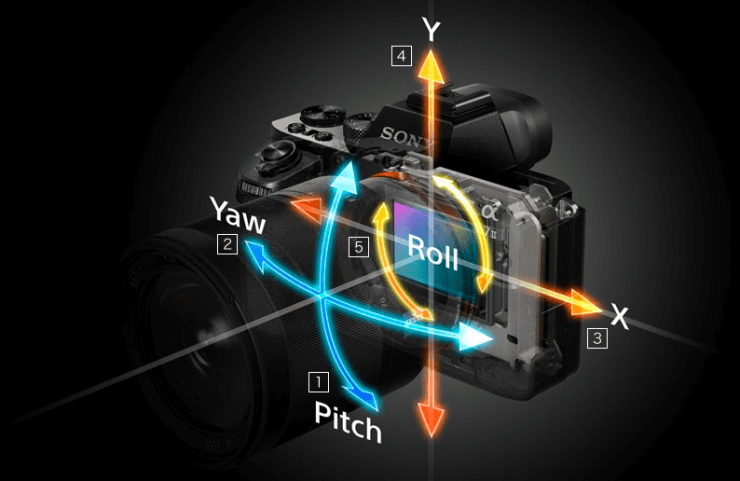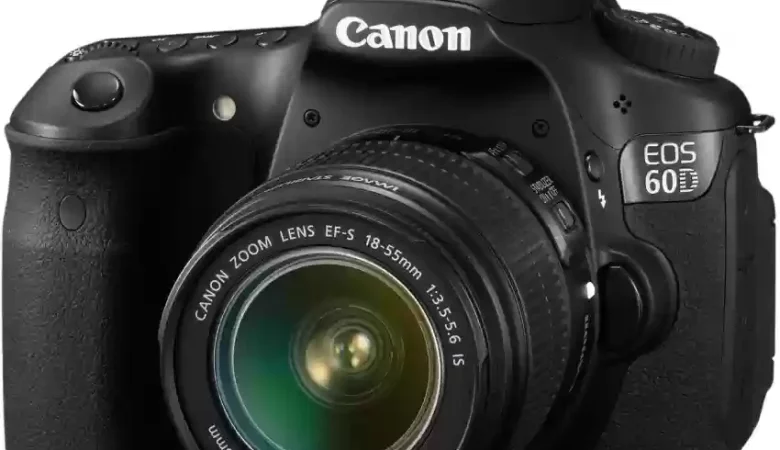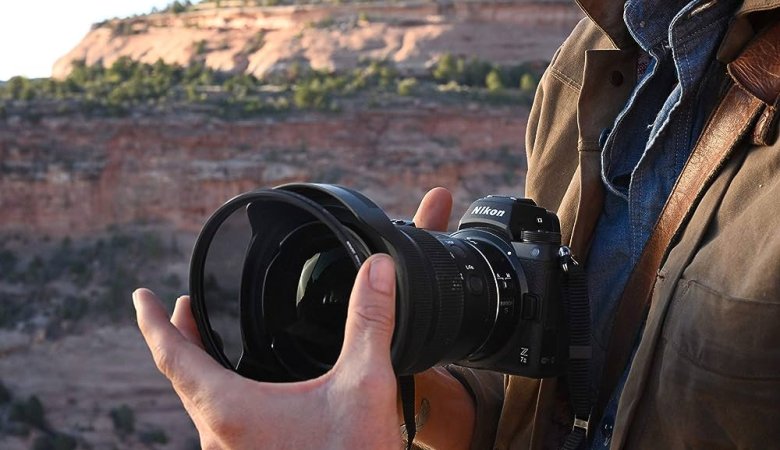The right camera can be your ultimate ally when capturing fast-moving sports action.
We aim to guide you through all the important features a camera should possess to excel in sports videography.
When capturing the fast-paced action and excitement of sports, having the right camera can make all the difference.
Whether you’re a professional videographer or an amateur enthusiast, selecting the ideal camera for filming sports requires careful consideration of various features.
In this article, we’ll delve into the essential aspects you should focus on when choosing a camera to ensure you capture every thrilling moment with precision and clarity.
Frame Rate and Resolution of Camera
When selecting a camera for filming sports, one crucial aspect to consider is the frame rate.
For smooth and dynamic sports footage, get a camera with a higher frame rate, ideally 60 -120 frames per second (fps) or more.
High frame rates are particularly important for capturing fast movements like a sprinter dashing across the track or a soccer player executing rapid moves.
Another vital factor is resolution, which determines the level of detail in your sports videos.
A higher resolution camera, such as Full HD (1080p) or even 4K, yields sharper images and allows for zooming in without sacrificing quality.
With greater resolution, you can capture every drop of sweat on a player’s face or the texture of a basketball’s surface.
Optical Zoom
A powerful optical zoom lets you capture distant action with clarity. Look for cameras offering higher optical zoom ratios, like 125x or more.
This feature ensures you can bring the players and their moves up close, maintaining image quality without pixelation.
Unlike digital zoom, which enlarges the image, optical zoom physically adjusts the lens to magnify the subject.
Interchangeable Lenses
Different sports require different approaches. A camera with interchangeable lenses lets you switch to a lens that suits the situation, whether it’s capturing wide-angle shots or zooming in on distant athletes.
With a wide-angle lens, you can capture expansive shots of the field, showcasing the entire game’s action.
Telephoto lenses, on the other hand, allow you to zoom in close, capturing the main player’s expressions and details even from a distance.
Prime lenses, tilt-shift lenses, fish-eye lenses, anamorphic lenses, etc. are some types of lenses.
Auto-Focus Speed and Accuracy
Fast-paced sports demand quick and precise focus adjustments.
Go for a camera with advanced auto-focus technology, such as phase detection or a dual-pixel autofocus camera.
This ensures that your shots remain sharp and in focus, no matter how rapid the movements on the field are.
Look for a camera with advanced autofocus technology that can track athletes as they run across the field.
Precise autofocus ensures your shots remain sharp and clear, no matter how dynamic the action gets.
Stabilization
Sports involve a lot of movement, and shaking footage can ruin a great shot.
A camera with effective stabilization technology, such as optical or in-body stabilization, helps counteract shaky hands or sudden movements.
This ensures your footage remains smooth and steady, even when capturing fast-moving athletes or panning across the field.
Slow Motion Capability
Slow-motion shots can add a dramatic and cinematic touch to sports videos.
A camera with slow-motion capabilities lets you capture details that are often missed at regular speed.
Get a camera that can record higher frame rates, such as 120 or 240 frames per second (fps).
Manual Settings
Having the ability to adjust settings manually gives you creative control over your shots.
These allow you to take control of crucial aspects like shutter speed, aperture, and ISO.
Faster shutter speeds freeze fast-paced action, while adjustable apertures manage light and depth.
Flexible ISO ensures quality shots in various lighting conditions.
Low-Light Performance
Sports events often happen in challenging lighting conditions.
Excellent low-light performance, measured by its lower f-stop number, allows you to film a clear image of action even in dimly lit arenas.
This feature prevents grainy or blurry footage and keeps the excitement alive.
Choose a camera with adjustable ISO settings to enhance performance further in challenging lighting environments.
Audio Quality
Capturing the atmosphere and excitement of sports involves great audio quality.
A camera with high-quality built-in microphones or the option to attach external audio devices ensures you capture every cheer and commentary.
Wind noise reduction technology keeps audio crisp during outdoor shoots.
Some cameras even offer live audio monitoring, enabling you to fine-tune audio levels.
Remember, attractive visuals coupled with high-quality sound elevate your sports videos, making viewers feel right in the middle of the action.
Wireless Connectivity
In the digital age, sharing your sports content quickly is essential.
A camera with wireless connectivity allows you to transfer and share your videos instantly, whether for social media updates or live streaming.
Battery Life
Long-lasting battery life is crucial for covering extended sports events.
Choose a camera with a reliable battery that can keep up with your shooting schedule without interruption.
Some models even offer spare battery options, allowing you to swap them out quickly.
Durability
Sports environments can be rough and unpredictable. A durable and weather-resistant camera body will withstand the challenges of outdoor shoots and protect your gear from potential damage.
Size and Portability
A camera that’s easy to carry and move gives you the advantage of capturing shots from various angles and positions.
Consider a compact and lightweight camera option that doesn’t compromise performance.
Price Consideration
Cameras with advanced sports filming features could be costly, but it’s important to stay within your budget.
Determine which features are truly necessary for your needs. Prioritize functions like fast autofocus and high frame rates for smooth action shots.
Conclusion
In choosing a camera for filming sports, important features can make a big difference.
Clear image quality is vital, so high resolution and low-light performance are must-haves.
A camera with fast autofocus and continuous tracking helps capture fast-paced action accurately.
These attributes will allow you to capture every crucial moment, whether it’s a breathtaking goal, a lightning-quick sprint, or a dramatic victory celebration.
Look for a durable and weather-resistant build, as sports can happen in challenging conditions.
Selecting a sports filming camera involves choosing features like image quality, autofocus, stabilization, fps, durability, controls, battery life, lenses, video options, and budget.
Remember, the right camera becomes your invaluable partner in showcasing the passion and beauty of sports to your audience.













Leave a Reply